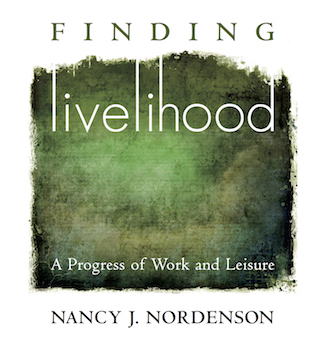 I first read Nancy’s work in 2006 when one of her essays, “Nothing Can Separate,” was published in Relief’s inaugural issue. My friend Karen Miedrich-Luo, Relief’s first creative nonfiction editor, recruited me to come on first as reader, and then as nonfiction editor. In 2007, Karen and I formed an online critique group along with Nancy and another Relief essayist, Jill Kandel. Karen, Nancy, Jill, and I now count five published books between the four of us – including Jill’s prizewinning memoir, So Many Africas: Six Years in an African Village. The four of us continue to challenge and encourage one another nearly ten years later via the online group.
I first read Nancy’s work in 2006 when one of her essays, “Nothing Can Separate,” was published in Relief’s inaugural issue. My friend Karen Miedrich-Luo, Relief’s first creative nonfiction editor, recruited me to come on first as reader, and then as nonfiction editor. In 2007, Karen and I formed an online critique group along with Nancy and another Relief essayist, Jill Kandel. Karen, Nancy, Jill, and I now count five published books between the four of us – including Jill’s prizewinning memoir, So Many Africas: Six Years in an African Village. The four of us continue to challenge and encourage one another nearly ten years later via the online group.
Back in 2010, after more than three years of online friendship, I met Nancy in the flesh at NonfictioNow in Iowa City. I immediately liked her as much in person as I had online. Nancy is humble in all the best ways, considerate of others, wise and careful when she speaks, insightful, deep, and brilliant. And her writing is the same.
In 2013, Nancy and I both applied and were accepted for a weeklong summer writing residency with the Collegeville Institute at St. John’s University in Minnesota. In our application materials, we hadn’t revealed that we already knew each other, and yet we were paired as roommates, writing all morning, lunching together, reading or writing until late afternoon. With the day’s work behind us and the evening gathering still an hour or so ahead, Nancy and I would sit together and talk about our writing and our lives over slices of Dubliner cheddar and a glass of red wine. I vividly remember reviewing Nancy’s manuscript for Finding Livelihood (tentatively titled A Work in Progress) and earnestly discussing structure and treatment. “This is an important book,” I assured Nancy. “You will find a publisher.” But Nancy wasn’t as certain, and I’m no prophet. It’s hard to get a book published traditionally, and for most of us it takes a long time, with lots of perseverance and plenty of rejection along the way. Nancy came close a couple of times with agents and publishers, and she used those rejections to rework and strengthen aspects of her book and proposal until finally she landed the manuscript with Kalos Press.

Finding Livelihood: A Progress of Work and Leisure was published in spring 2015. Read this book! Finding Livelihood finds beauty in both blessed and difficult circumstances as Nancy examines employment and unemployment, labor and rest, hardship and security, and the (for me) nebulous concept of vocational calling – all without glossing over the pain that undergirds so much of life. The book is honest, artful, and lyric.
~~~~
Lisa Ohlen Harris: First off, Nancy, please tell us about Kalos Press.
Nancy J. Nordenson: I’m thrilled that Finding Livelihood landed at Kalos Press. Kalos is a small press with a name rooted in the Greek word for beauty. It aims to give voice to literary fiction, memoir, essays, and Christian reflection that are outside the mainstream Christian publishing industry and are “beautiful in their literary form, and also excellent in their fulfillment of purpose.” I feel honored to be part of that vision and am so thankful for their kind and talented team.
LOH: At the end of 2008, I had the honor of editing your second publication in Relief, an essay titled, “A Place at the Table.” And that was the essay that launched Finding Livelihood. How did the essay – and the entire book project – come to be?
NJN: A year before I wrote that essay my husband had come home from work late one night, holding a cardboard box filled with his stuff, and told me he’d lost his job. I had recently started graduate school in the Seattle Pacific University (SPU) MFA program, a long-held dream of mine, and was on the verge of cutting back on my full-time medical writing work in order to give this graduate work my fullest attention. But this job loss changed everything and there was no easy answer. I needed to keep working more while going to school. The alternative was to drop out, which I didn't want to do. He felt “called” to his work; I felt “called” to the program; we were absolutely committed to our two sons in college, our mortgage, to putting food on the table, paying for health insurance, and so on. It all became very complex and difficult. While I had long been pondering the topic of work, and doing some writing about it, this time of his job loss is where all the experiences became a critical mass and said, “You need to look at me.” The many workplace stories that Dave and I had shared with each other during our decades-long marriage and now this new story we were living of a slashed income and mutually frustrated “calls” raised complex questions about the nature and experience of work. I wrote the essay “A Place at the Table” to deal with his job loss, to make peace with it, but it became the crystal for the book. I pulled in earlier writing about work and kept writing in order to make peace with work, to explore where it fit in a lifelong spiritual journey.
LOH: Finding Livelihood isn’t really a memoir. I suppose I would call it a themed essay collection – is that fair? How would you describe the structure of the book and its purpose?
NJN: I think of it more as a book-length essay, or idea-driven linked essays. From a book publishing perspective, I realize we are cautioned about calling anything an essay, lest readers get scared away, but essays have always had an important place in literature; consider, for example, the work of Annie Dillard or Joan Didion, two of my perennial favorites. Finding Livelihood has more structure than a collection of essays all on the same topic, so that’s why I don’t think of it as a collection. While the style is lyric, making the structure a little less obvious than a straight-forward book, there is a rationale for the way the essays are placed, how one leads to another, and how by the end, there is movement toward a changed way of looking at the questions triggered by work.
LOH: I had the privilege of watching this book form over the months and years and many drafts and revisions of essays compiled in these pages. When did you know you had completed the manuscript? How much restructuring and revising did you do for the book as a whole?
NJN: My Relief essay, “A Place at the Table,” was written in 2007 – with some of the writing from other essays dating back further than that – and the manuscript was accepted for publication by Kalos Press in 2014. The process took a long time, as you’ve noted, not only because I work full-time at another job, but also because the issues at stake took a long time to think through, work through, and find ways to write about. I was writing it organically and not from a pre-project outline. I haven’t even kept track of how many times each essay was rewritten or revised. There were two milestone moments that are worth mentioning here. The first was about mid-way through the project when I figured out the over-riding three-part structure. That helped me see the movement or trajectory of the book but also helped me see where there were gaps that needed more thought and writing. The second milestone moment came at the project’s final step. I had thought the book done, but something still didn’t seem right. At a writing friend’s recommendation, I hired an editorial consultant to read through the manuscript and give me her opinion. To sum up her response: the reader needed more help; the leaps I took may have been obvious to me, but the reader needed more landmarks, more pass-offs. I followed her advice. I checked into a hotel in the Mill district of Minneapolis and worked for 4 days. After that – but for a few more reader helps added a couple months later – I knew the manuscript was complete. The book still relies on the reader’s ability and willingness to take imaginative leaps, but I hope the reader senses that during those leaps, I’m there holding a hand.
LOH: Do you have any advice for writers who have themed essays or meditations – something that’s not a didactic treatment or straightforward memoir?
NJN: From my experience with this project, the advice I’d give to a writer of essays or meditations is to write broadly, deeply, and organically for a long time – be patient with yourself and the project – but then at some point, submit to a guiding structure. In revision, respectfully help the reader follow your thought train but do so in keeping with the project’s voice.
LOH: And when an essay is complete, send it off to a literary journal! Essays from Finding Livelihood have appeared in both spiritual and secular journals, including Harvard Divinity Bulletin, Relief, Comment, Under the Sun, and Indiana Review. Did you consciously write for a Christian audience, or did you temper your writing to speak to a broad audience? How aware were you of audience or market as you were writing? What would you have to say to a Christian writer who is interested in publishing broadly for a religious and secular audience?
NJN: I didn’t set out to write for either a Christian or non-Christian audience; I set out to write something that would help me, and later readers, to explore this complex issue of work. Since I’m a Christian, that faith is at the core of what and how I write, but holding that faith in common is not a pre-requisite for a reader to join me on the page to ponder work, as evidenced by the secular journals that printed essays from the book. When editing and revising the book, I very much wanted the book to be accessible to readers who may not share my faith and so I made choices in favor of on-the-page hospitality. Those choices typically involved a check of voice and tone as well as quality improvements, rather than compromises of belief. I also wrote with the assumption that despite our culture’s religious diversity and the large numbers of people who claim no faith, Christianity is an ancient religion that continues to have an active place in the world today; therefore, its tenets and practices are still a kind of cultural currency and are not foreign to most readers.
LOH: After nearly ten years of friendship focused around writing and faith, I want to publicly express my gratitude for you, Karen, and Jill, and for what our critique and support group has meant over the years. We formed out of a far-flung handful of writers who connected via this startup literary journal and a Yahoo listserv. I’m honestly not sure I would have kept writing through the months and years of rejection and discouragement if I hadn’t had the three of you in my corner.
NJN: Writing is such a solitary endeavor, and there are so many rejections along the way, that there is something nearly miraculous that happens when you are connected with other writers who only want to further each other’s work and together you are a community. I think back to the week you and I were roommates, a pairing we did not orchestrate, at that summer writing workshop at the Collegeville Institute. The most important part about that week in the story of this book is that it gave me a place to talk about it with people who were writers and thinkers and who cared about this topic of work. I remember talking with you about my new table of contents when we were roommates, and your response assured me the book was now more whole and unified. What a gift and relief that was. What a gift our email-based writing group has been. What a gift the community that has grown up around the Glen workshop and the SPU MFA program has been. What a gift the community around Relief has been. Back in 2006, I read about the launch of Relief in a post on someone’s blog (I think it was J. Mark Bertrand’s blog) and submitted an essay, “Nothing Can Separate,” for its inaugural issue. It was accepted – my first ever published creative nonfiction essay – and received the Editor’s Choice award. I later served as a nonfiction reader for a little more than a year. The vision of Coach and Kimberly Culbertson to create Relief opened the opportunity for a community of writers and readers to meet together on the page, as well as in person and online. I'm excited for the future of Relief with Daniel Bowman at the helm as editor-in-chief. I know Daniel through SPU and have long admired his great passion for connecting art and faith and for connecting people to create community. That is what Relief has always been about.
 It can’t make sense everywhere. I assume it has a temperate climate bias. Or, to be more precise, a four-season climate bias, yet it’s arguably one of the most lasting pieces of colloquial insight bequeathed to us from the recent past: “March comes in like a lion and goes out like lamb.” Or vice versa. That’s the allure of the phrase, I think, its seesaw mechanics. Pay attention to this one month, this little adage promises us, and you too can predict the weather. It’s tempting to make weather simple. The weather in any given place is distillable to a few features, to northeasters and lake-effect snow and Santa Ana winds. Where I live, any given day is likely to be ruined by wind, first and foremost from the northwest, straight out the arctic, and second from dead south, straight out the furnaces of hell.
It can’t make sense everywhere. I assume it has a temperate climate bias. Or, to be more precise, a four-season climate bias, yet it’s arguably one of the most lasting pieces of colloquial insight bequeathed to us from the recent past: “March comes in like a lion and goes out like lamb.” Or vice versa. That’s the allure of the phrase, I think, its seesaw mechanics. Pay attention to this one month, this little adage promises us, and you too can predict the weather. It’s tempting to make weather simple. The weather in any given place is distillable to a few features, to northeasters and lake-effect snow and Santa Ana winds. Where I live, any given day is likely to be ruined by wind, first and foremost from the northwest, straight out the arctic, and second from dead south, straight out the furnaces of hell.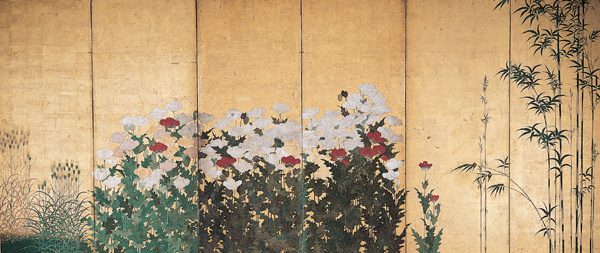
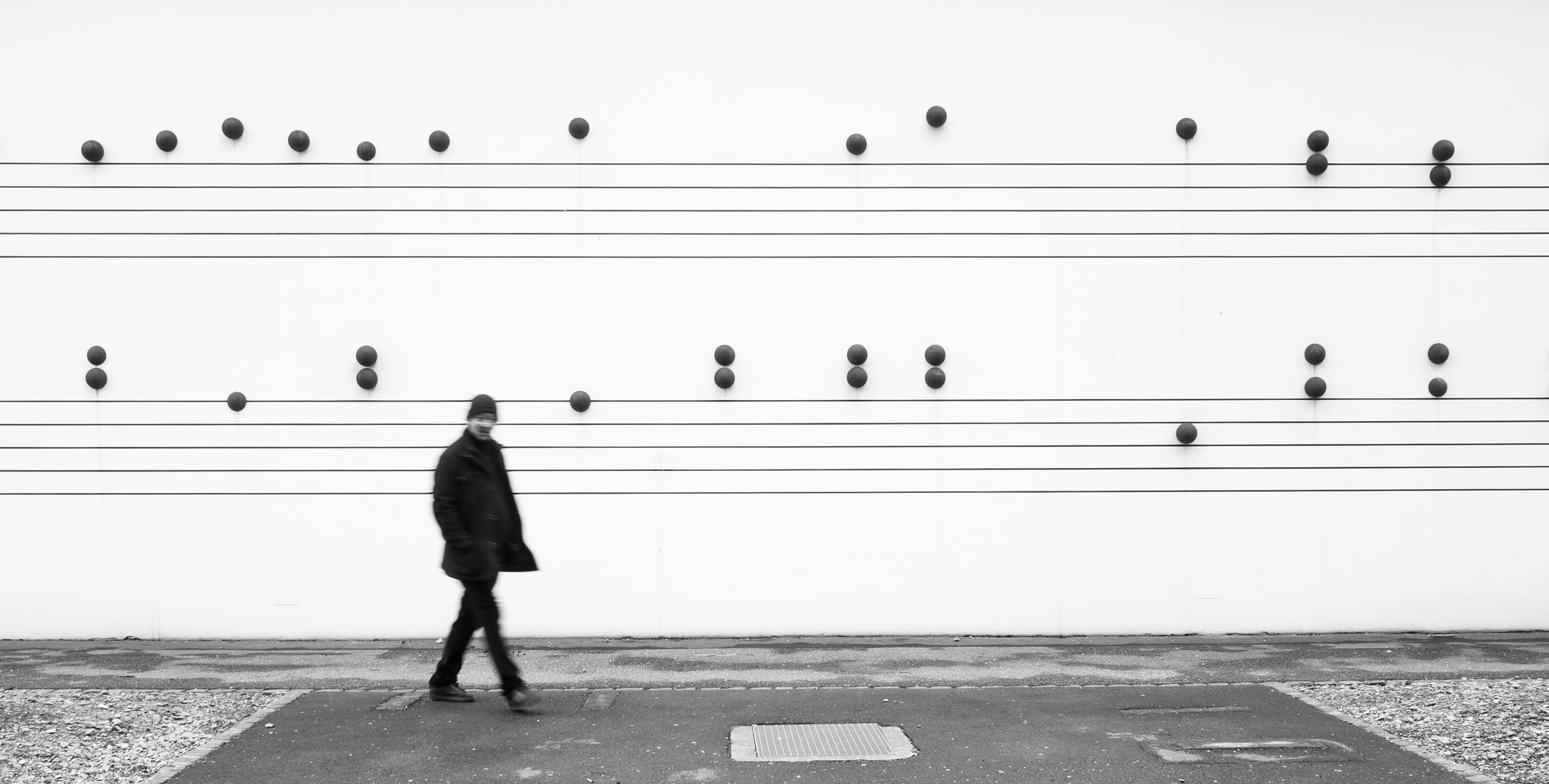 “Look for contrast, look for repetition—you’ll find your melody.”
“Look for contrast, look for repetition—you’ll find your melody.”
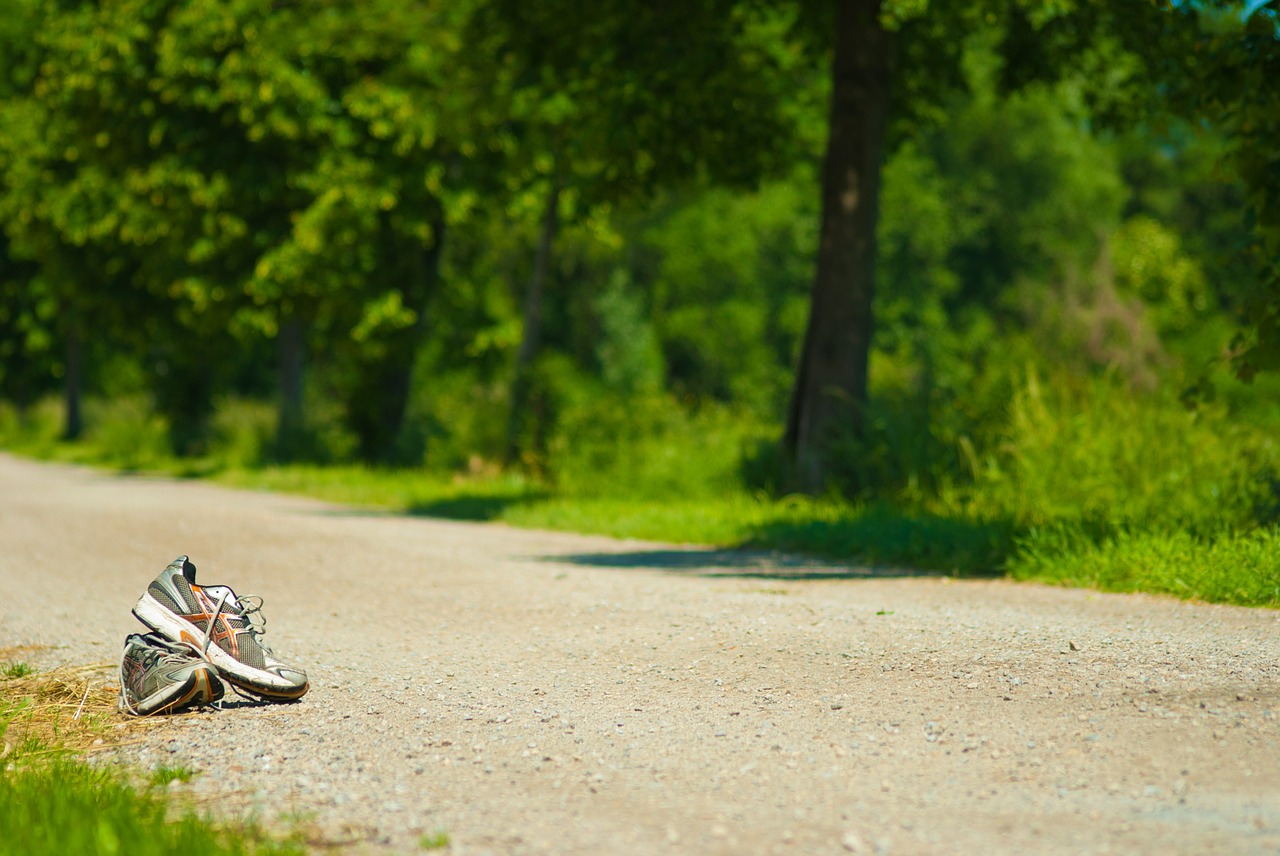 I am a trail runner. But when I tell you that, you will get the wrong idea about me. You will picture someone with gleaming calf muscles and a wardrobe stuffed with Lulu Lemon gear.
I am a trail runner. But when I tell you that, you will get the wrong idea about me. You will picture someone with gleaming calf muscles and a wardrobe stuffed with Lulu Lemon gear.
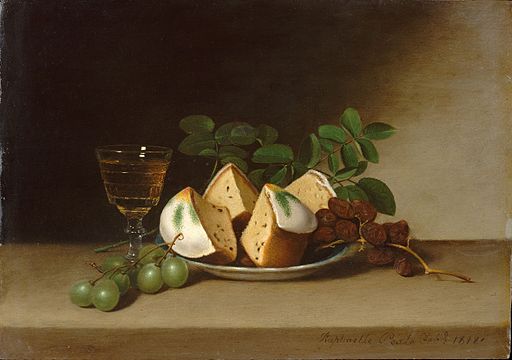
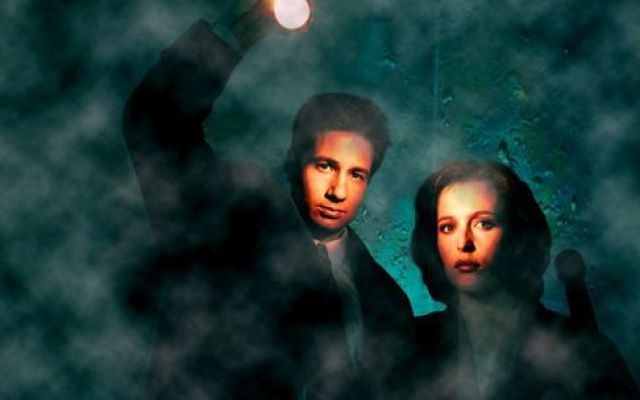 As I write this piece, in part, out of fondness for my pre-Internet childhood and an old love affair with a boxy and rabbit-eared television, I can see us. We are sitting rapt – my two little sisters cross-legged beside me, our faces iridescently lit by the FBI flashlights that spear the dark glaze of an eerie and abandoned field. I can see Mulder and Scully pushing the light forward, toward us as we lean into it, intersecting one another like the glowing crossbeams of their flashlights.
As I write this piece, in part, out of fondness for my pre-Internet childhood and an old love affair with a boxy and rabbit-eared television, I can see us. We are sitting rapt – my two little sisters cross-legged beside me, our faces iridescently lit by the FBI flashlights that spear the dark glaze of an eerie and abandoned field. I can see Mulder and Scully pushing the light forward, toward us as we lean into it, intersecting one another like the glowing crossbeams of their flashlights.![Photo by Sara Reid - Flick [CC BY-SA 2.0 (http://creativecommons.org/licenses/by-sa/2.0)], via Wikimedia Commons](http://static1.squarespace.com/static/5898e29c725e25e7132d5a5a/58aa11bc9656ca13c4524c68/58aa12179656ca13c4525dcd/1487540759619/3599597595_1d64cae554_z.jpg?format=original)
 I always try to pick just the right moment to tell people. That moment is sometime between realizing that they are one of those who will need to know, and the point when they figure it out on their own. Although I frequently share intimate details of my life, in writing, and with my bank teller, or a new acquaintance, there is one thing that I hold back until the last minute.
I always try to pick just the right moment to tell people. That moment is sometime between realizing that they are one of those who will need to know, and the point when they figure it out on their own. Although I frequently share intimate details of my life, in writing, and with my bank teller, or a new acquaintance, there is one thing that I hold back until the last minute. “Exile brings you overnight where it would normally take a lifetime to go.”
“Exile brings you overnight where it would normally take a lifetime to go.”
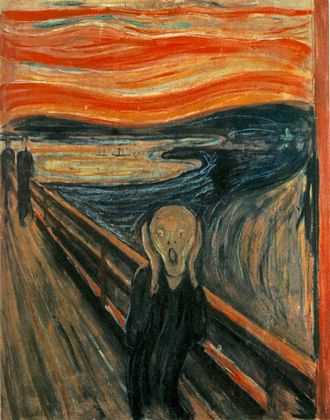
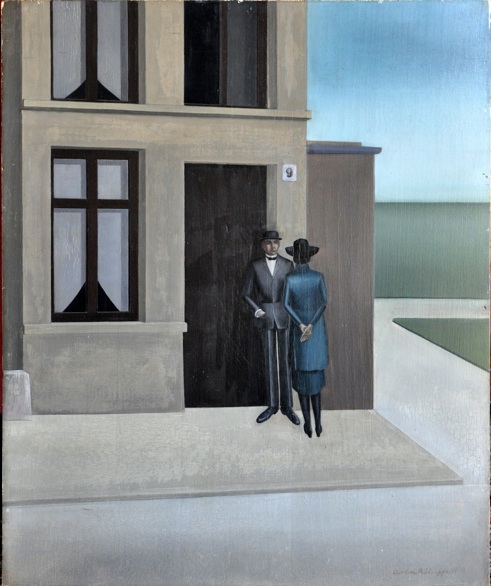
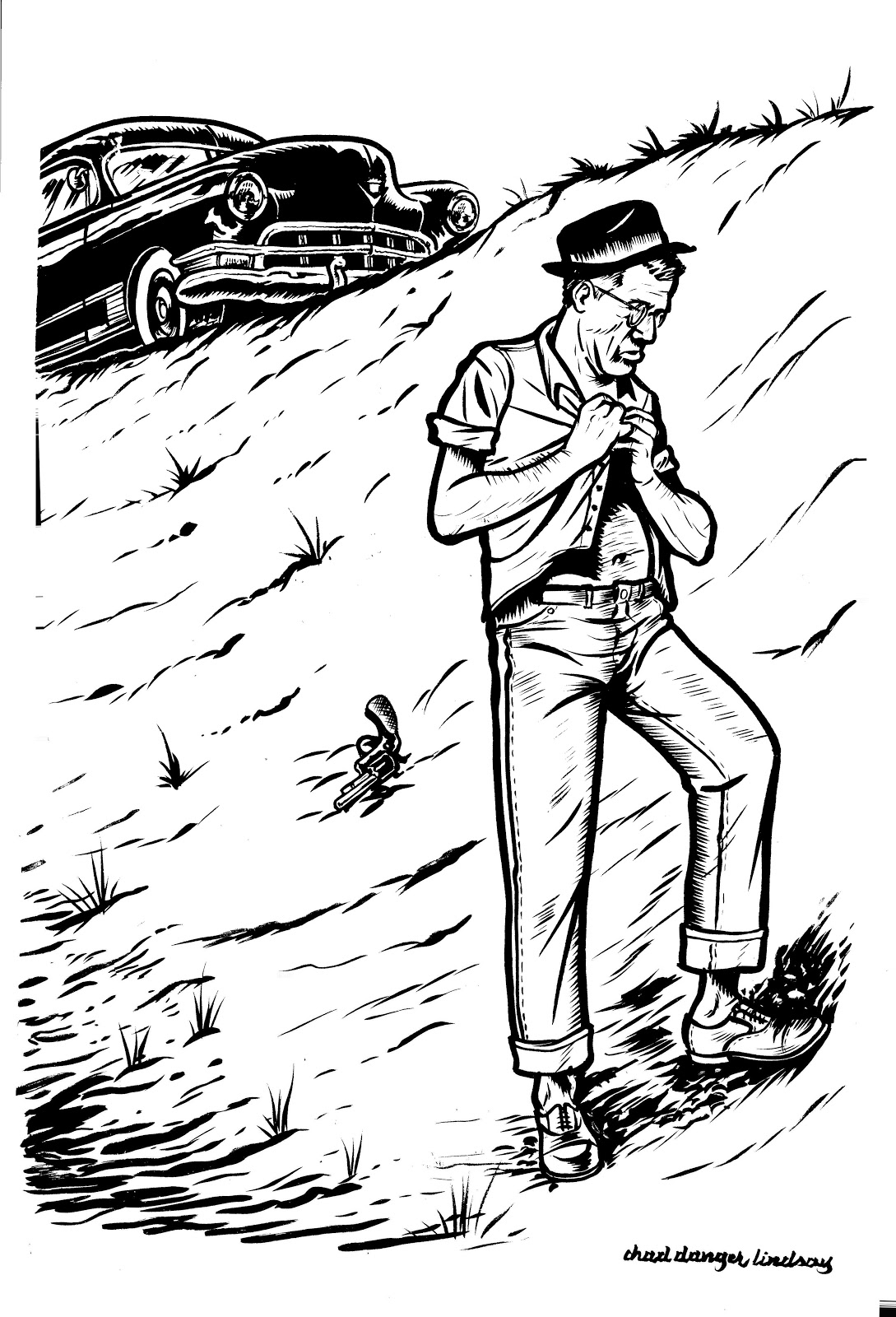
 I first read Nancy’s work in 2006 when one of her essays, “Nothing Can Separate,” was published in
I first read Nancy’s work in 2006 when one of her essays, “Nothing Can Separate,” was published in 
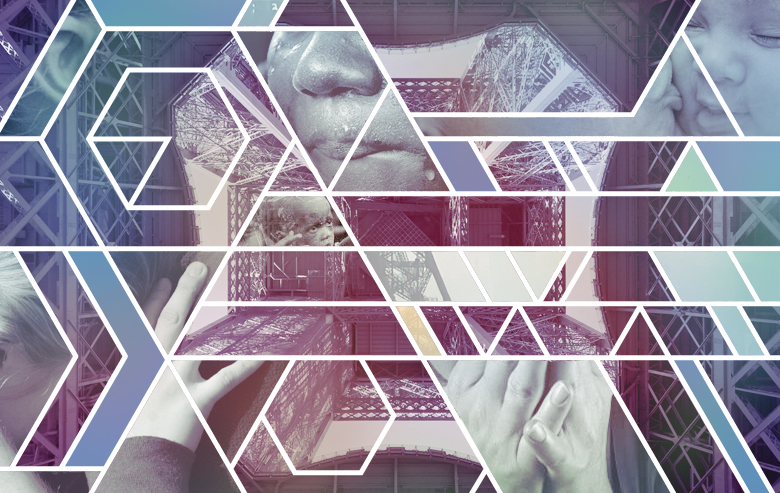
![Photo by Sara Reid - Flick [CC BY-SA 2.0 (http://creativecommons.org/licenses/by-sa/2.0)], via Wikimedia Commons](http://static1.squarespace.com/static/5898e29c725e25e7132d5a5a/58aa11bc9656ca13c4524c68/58aa12169656ca13c4525db8/1487540758260/tv.jpg?format=original)
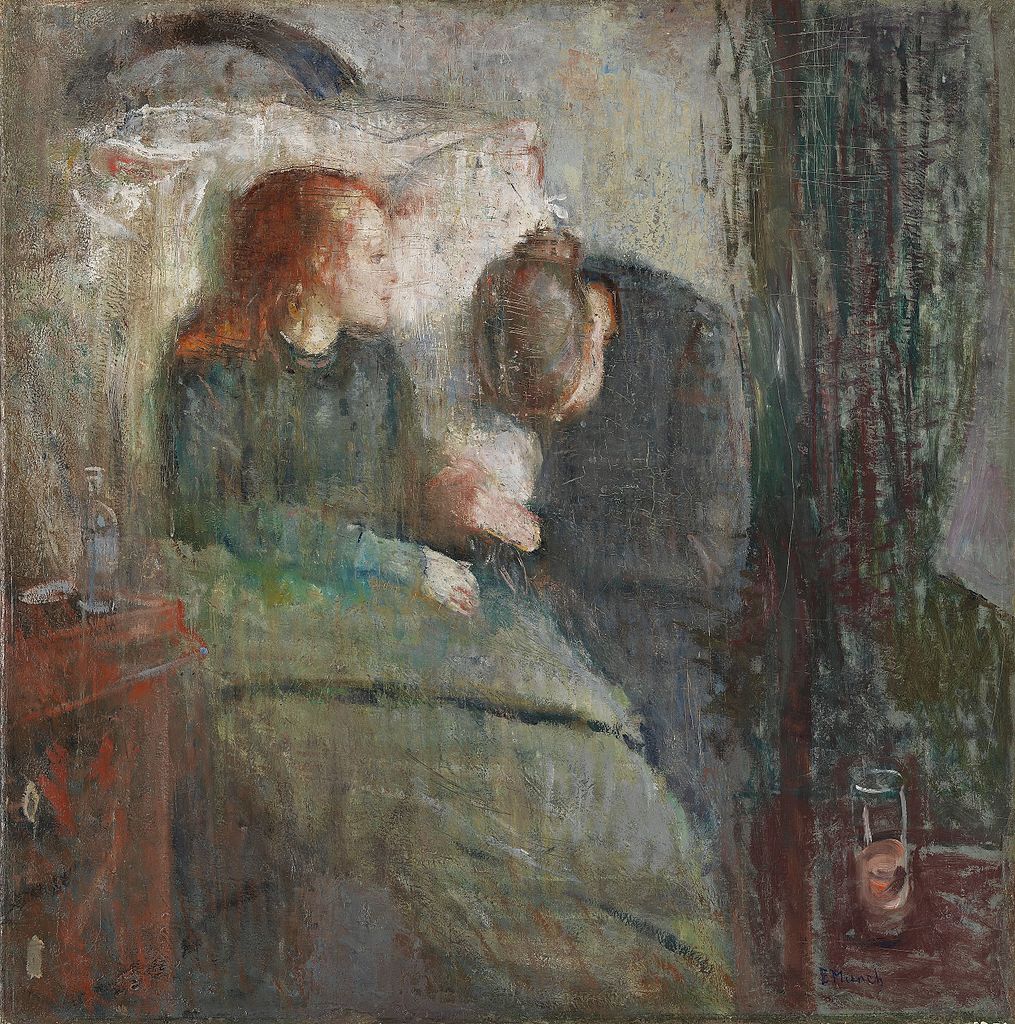
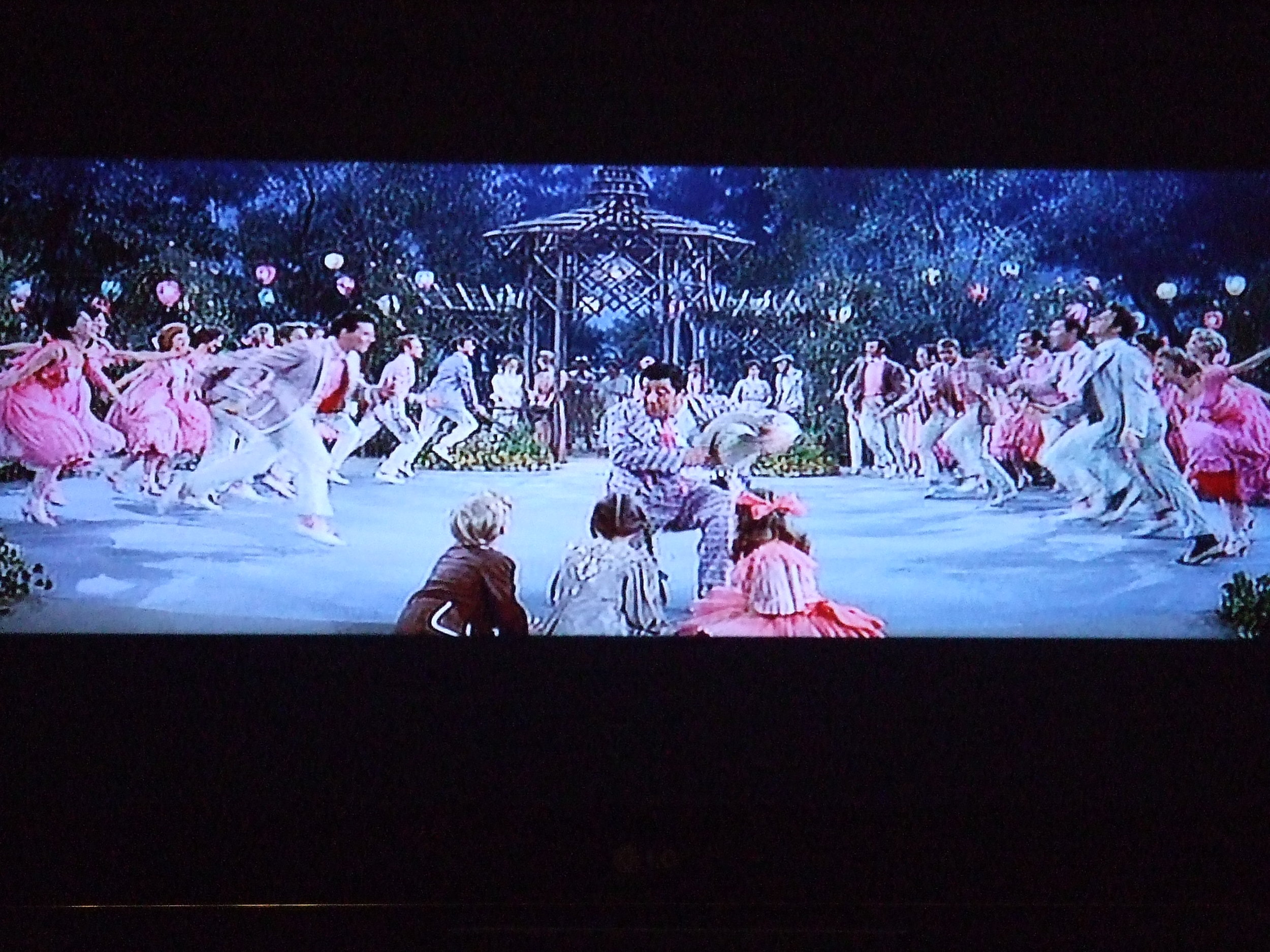
![By Masao Nakagami [CC BY-SA 2.0 (http://creativecommons.org/licenses/by-sa/2.0)], via Wikimedia Commons](https://images.squarespace-cdn.com/content/v1/5898e29c725e25e7132d5a5a/1508808035105-2RO1L6V7MSY94EEGYLTE/Early_White_Stripes.jpg)


